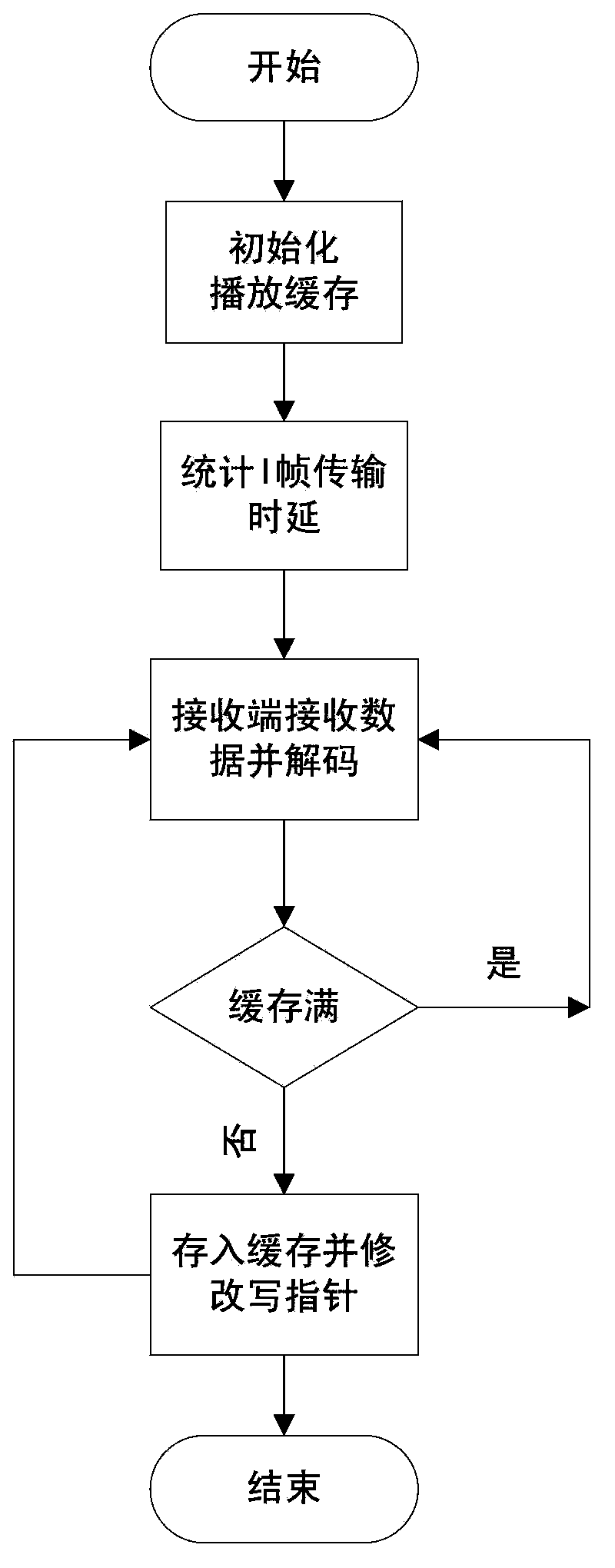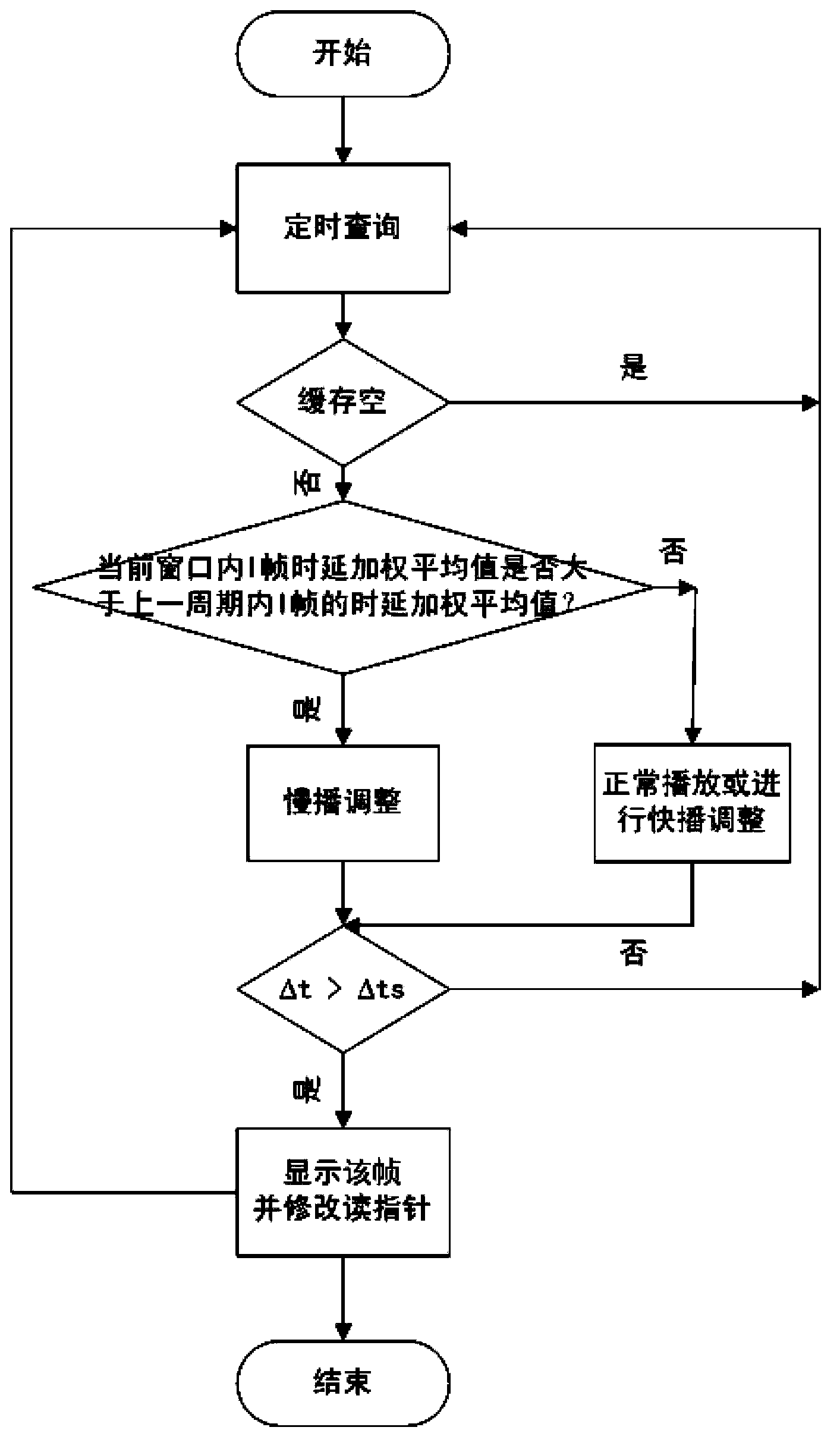Code rate smoothing method of video live transmission through wireless network
A real-time transmission and wireless network technology, applied in transmission system, wireless communication, network traffic/resource management, etc., to achieve the effect of solving video freeze, improving fluency, and saving storage space
- Summary
- Abstract
- Description
- Claims
- Application Information
AI Technical Summary
Problems solved by technology
Method used
Image
Examples
Embodiment Construction
[0015] The present invention will be further described in detail through specific embodiments below in conjunction with the accompanying drawings.
[0016] This embodiment takes the I frame smoothing of video real-time transmission under the wireless network as an example. In this embodiment, communication device A performs real-time video transmission to communication device B, and processes it at the receiving end device B. The specific process is:
[0017] (1) Communication device A packs and sends the collected and coded code stream, and each package carries the time stamp information of each frame;
[0018] (2) The communication device B starts receiving, initializes the playback buffer, and counts the transmission delay D of each I frame i , reorder the received packets, and then decode them, such as figure 1 shown;
[0019] (3) Use the ring buffer to store the decoded video frames. The frames that have just been decoded and need to be buffered enter from the tail, and...
PUM
 Login to View More
Login to View More Abstract
Description
Claims
Application Information
 Login to View More
Login to View More - R&D
- Intellectual Property
- Life Sciences
- Materials
- Tech Scout
- Unparalleled Data Quality
- Higher Quality Content
- 60% Fewer Hallucinations
Browse by: Latest US Patents, China's latest patents, Technical Efficacy Thesaurus, Application Domain, Technology Topic, Popular Technical Reports.
© 2025 PatSnap. All rights reserved.Legal|Privacy policy|Modern Slavery Act Transparency Statement|Sitemap|About US| Contact US: help@patsnap.com



